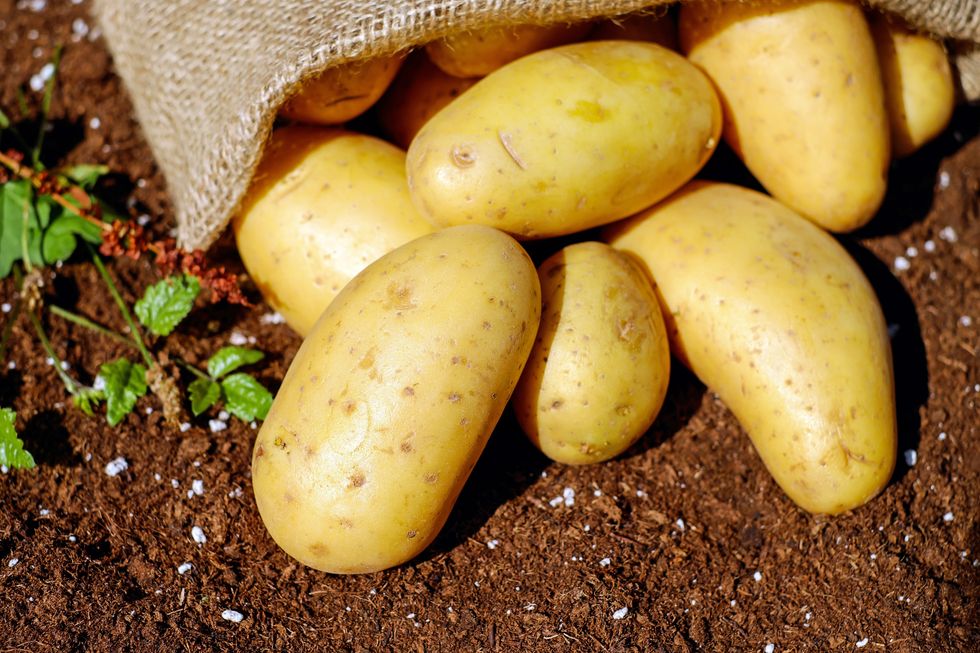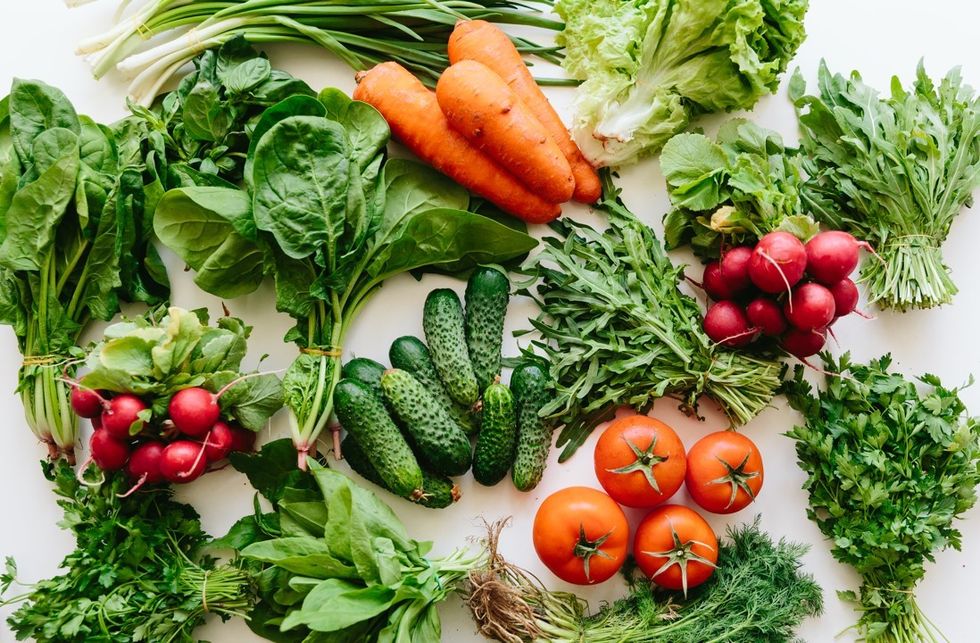Starchy vegetables can send blood sugar levels soaring but one is more risky than others
Grok
These vegetables can cause enormous swings in blood sugar so moderation is advised
Don't Miss
Most Read
Trending on GB News
A top diabetes expert has sounded the alarm over vegetables that can raise blood sugar "even more than a glazed doughnut".
Most people know that eating sugar-filled pastries or candies can cause blood glucose levels to rise. However, foods don't have to taste sweet to spike blood sugar levels. Starchy vegetables can also upset the delicate blood sugar balance in the body.
This is particularly concerning for adults with prediabetes and diabetes as keeping blood sugar levels stable is key to staving off complications.
Starchy vegetables are those with a relatively high amount of carbohydrate per unit weight.

A baked white potato can also raise blood sugar even more than a glazed doughnut, warns a top doctor
PEXELSStarchy vegetables are a good source of carbohydrates, fibre, minerals and vitamins.
Starchy vegetables are a good source of vitamin C, B vitamins and potassium Carbohydrates provide us with energy but raise blood glucose levels relatively quickly and significantly, which is why the American Diabetes Association recommends eating starchy carbohydrates in moderation.
One of the worst culprits is the white potato."Potatoes are a vegetable, but the health value of all vegetables is not interchangeable. White potatoes in particular have a very high glycaemic load. As a result, a baked white potato can also raise blood sugar even more than a glazed doughnut," warned Stephen Devries, MD, a preventive cardiologist and executive director of the Gaples Institute.
Glycaemic load (GL) is a measure of how much a food will raise a person's blood glucose levels after eating it.
Other starchy vegetables to be weary of include:
- Beetroot
- Cassava
- Parsnips
- Peas
- Potatoes
- Sweet potato
- Sweetcorn
Interestingly, potatoes chilled when eaten have a lower glycaemic load than when served warm, notes the AMA Center for Health Equity.
According to the health body, a good alternative to potatoes as a side dish is beans or cauliflower rice - the glycaemic load being much lower, and cauliflower includes several key nutrients.
"Whole grains are absolutely preferred over refined, but shouldnt be consumed in unlimited quantities," Doctor Devries told the AMA, adding: "Large amounts of even whole grains, including brown rice, can still spike blood glucose levels."
Other tips to lower high blood sugar levels
As a general rule, health bodies such as the Mayo Clinic recommend eating more fruits, vegetables, lean proteins, and whole grains and limiting saturated fats, refined carbohydrates, and sweets.
LATEST HEALTH DEVELOPMENTS

Eat more fruits, vegetables, lean proteins, and whole grains to keep blood sugar levels in check
GETTYYou can also try eating protein with carbohydrates to slow down the flow of glucose into your bloodstream.
Type 2 diabetes - do you have it?According to the Office for National Statistics (ONS), around 30 per cent of people with type 2 diabetes in England are undiagnosed, which is about one million adults.
This is due to symptoms of diabetes developing slowly, so people may have type 2 diabetes for years before being diagnosed. Type 1 diabetes symptoms appear quickly and are more severe than type 2 symptoms.
Signs include:
- Urination: Urinating more frequently than usual, particularly at night
- Thirst: Feeling very thirsty
- Weight loss: Losing weight without trying
- Hunger: Feeling very hungry
- Vision: Blurred vision
- Numbness or tingling: Numb or tingling hands or feet
- Tiredness: Feeling very tired
- Skin: Very dry skin
- Healing: Sores that heal slowly
- Infections: More infections than usual
- Itching: Itchiness around the genital area
- Thrush: Regular bouts of thrush (a yeast infection)
- Fruity breath: Fruity-smelling breath








